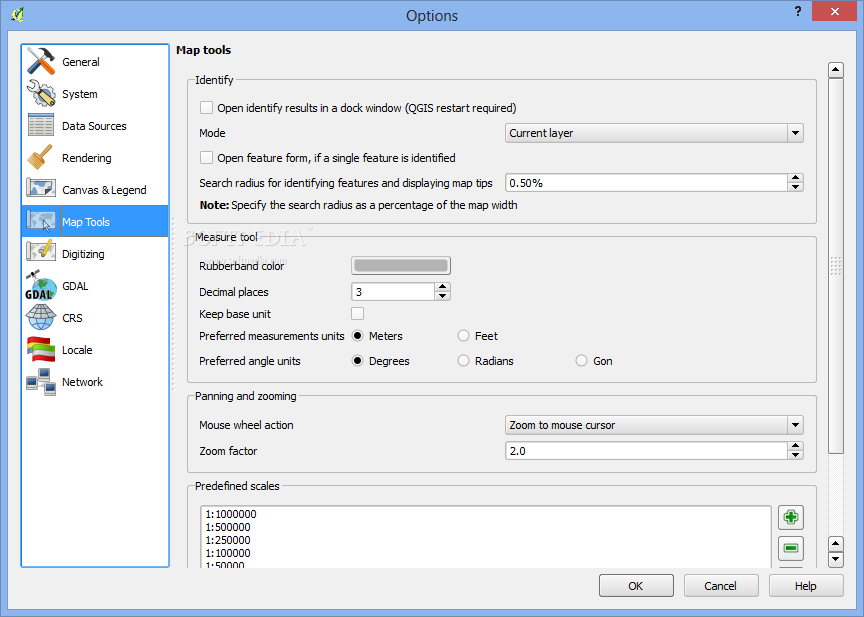

Otherwise choose “Around” and a node with this name suffices. Using the default “In” requires that a relation or polygon exists with this name. If you have a layer loaded in QGIS with the correct extent, choose “Layer extent” and select the layer you want to use. You can choose from several options here - if your window already displays the extent you want, switch the combobox which by default shows “In” to “Canvas extent”.

The first thing we will do is get some up-to-date OSM data. This will add an entry to the Vector menu Obtaining Data from the Database
#Trace quantum gis install#
To install this plugin open the Manage Plugins dialogue from the Plugins menu. We will use a plugin, QuickOSM, to import data from the OpenStreetMap database.
#Trace quantum gis download#
If you haven’t already done this, you can download it from. We assume that you’ve already downloaded and installed QGIS 3.x. In this chapter we’ll walk through the steps necessary to do this. With QGIS you can access up-to-date OSM data whenever you want, select the tags you want to include, and easily export it into an easy-to-use SQLite database or Shapefile. On the Snapping Toolbar, use the Edit Advanced Configuration tool to configure which layers you are able to snap to, the tolerance and the snapping options (vertex only, vertex and segment) for each of those layers.Īlso, using the Offset tool on the Snapping Toolbar, you can choose to TRACE around an object and offset your new feature from the traced feature.QGIS (formerly Quantum GIS) is a full-featured, open-source, cross-platform Geographic Information System. If the feature you are tracing is very complex, then choose to snap and add a vertex manually at key points around the object. Start the new feature by choosing a vertex to snap to and then simply move the cursor around your object and the TRACE tool will automatically select the vertices between the start point and your current location. From the Snapping Toolbar choose the Enable Tracing button. If the object you are snapping to is complex, then you can use the TRACE tool to automatically capture the vertices, instead of manually clicking to snap. Now left click at the edges of the shape to snap around your chosen object. magenta) which means that you will be snapping to a feature in a chosen layer. The cursor will change colour based on the snapping marker colour (e.g. Now hover your cursor in the map to snap to a feature to start digitising. Next choose to open the Snapping Toolbar and select the Enable Snapping tool (magnet).įrom the Digitising Toolbar choose the Add Polygon (point or line) feature so that you are r

the snapping marker colour – which defines the colour of the icon in the map when you are hovered over a snapping feature.the snapping tolerance – the greater the value the less accurate you need to be when selecting a feature to snap to.how you wish to snap to features - e.g.In the Snapping section you can configure:. Choose the Settings > Options menu and then the Digitising Tab. Now in your QGIS settings you will need to decide how you wish to SNAP to features. When digitising features within QGIS how can you snap to and trace around existing features?įirstly, using the Digitising Toolbar, choose to make the layer editable by pressing the yellow pencil icon.


 0 kommentar(er)
0 kommentar(er)
